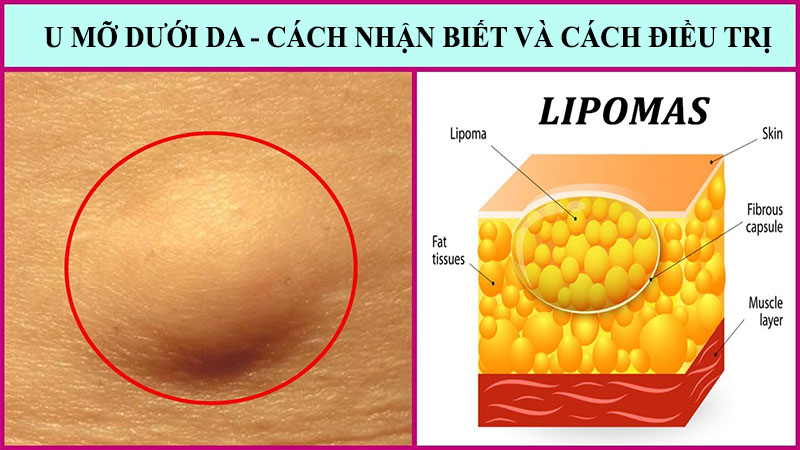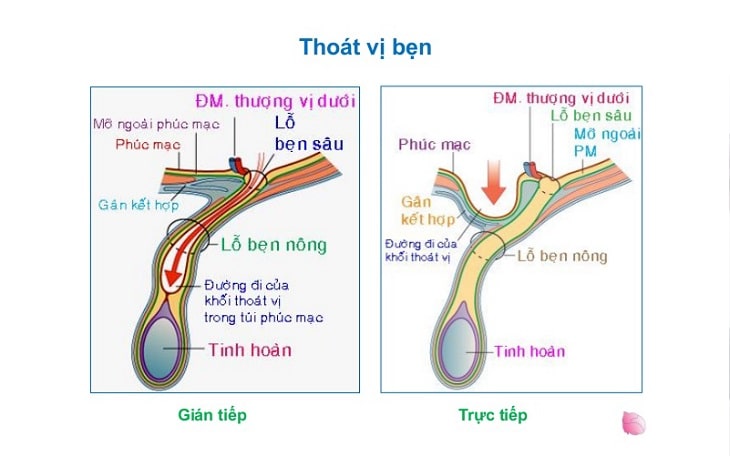Emergency:
0869 095 115
Switchboard:
0965 695 115
Obstetrics Duty (24/ 24):
0869 095 115
Pediatrics Hotline (24/24):
0869 095 115

BỆNH VIỆN ĐA KHOA PHÚC LÂM
PHUC LAM GENERAL HOSPITAL





